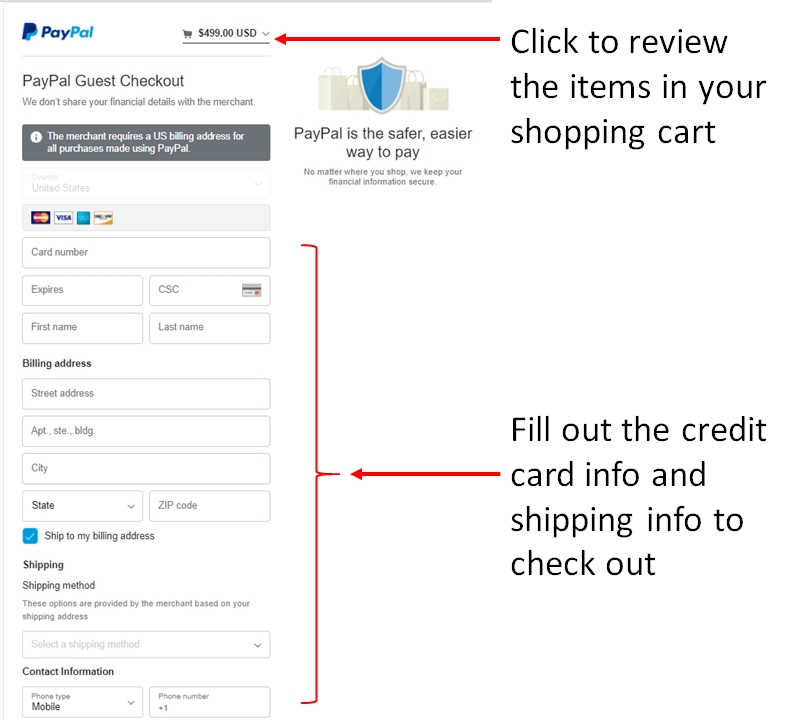Real in vivo grade, recombinant antibodies, endotoxin < 1 EU/mg
Human IgG2 Isotype Control Antibody
Recombinant Human IgG2 Reference Antibody, hIgG2 Isotype Control
|
|||||||||||
Description
The recombinant human IgG2 isotype control (hIgG2 kappa isotype control antibody) is produced in mammalian cells (HEK293 or CHO cells) like our other recombinant human IgG isotype control and mutant antibodies. The ideal recombinant human IgG2 isotype control has low or no specific binding to any human sample and humanized or completely human variable regions in addition to the human IgG2 kappa constant regions. The human IgG2 kappa isotype control can be used in the cell-based assay or animal model as the antibody negative control.
Please contact us to ask for a quote for the hIgG2 isotype control with Avi-, His-, and Flag-tags. A variety of conjugates (such as biotin, dyes, and fluorophores) with the human IgG2 isotype control are available.
SA127: In vivo Grade Recombinant Human IgG2 Isotype Control Antibody (hIgG2 Isotype Control)
The in vivo grade recombinant human IgG2 isotype control antibody was produced in mammalian cells.
Immunogen: N/A.
Clone: 4F17.
Isotype: human IgG2, kappa.
Applications: an isotype-matched negative control for human IgG2 kappa antibodies used in ELISA, Western Blot (WB), Flow Cytometry (Flow), Immunoprecipitation (IP), Immunohistochemistry (Paraffin) (IHC (P)), Immunohistochemistry (Frozen) (IHC (F)), and in vivo animal model research.
Formulation: 0.2 μM filtered solution of 1x PBS.
Purity: >95% by SDS-PAGE under reducing conditions.
Endotoxin Level: Less than 1 EU/mg of protein as determined by LAL method.
Shipping: The human IgG2 isotype control is shipped with ice pack. Upon receipt, store it immediately at the temperature recommended below.
Stability & Storage: Use a manual defrost freezer and avoid repeated freeze-thaw cycles.
1 month from date of receipt, 2 to 8°C as supplied.
3 months from date of receipt, -20°C to -70°C as supplied.
Background
Naturally synthesized and secreted by plasma B cells, the immunoglobulin G (IgG) antibody is the most abundant antibody isotype found in blood and extracellular fluid. There are four IgG subclasses (IgG1, IgG2, IgG3, and IgG4) in humans, of which IgG1 is the most abundant named in serum. IgG antibodies are large molecules of about 150 kDa composed of four peptide chains, two identical heavy chains of about 50 kDa and two identical light chains of about 25 kDa. The four peptides are arranged in a Y-shape tetramer by disulfide bonds formed between the two heavy chains and between a heavy chain and a light chain.
The arms of the Y, also called the Fab (fragment, antigen-binding) region containing an identical antigen binding site, is composed of one variable (located at amino terminal end, VH and VL) and one constant domain (CH1 and CL) from each heavy and light chain of the antibody. VH and VL, also called the FV region, is the most important region for binding to antigens. Three variable loops of β-strands, also called the complementarity determining regions (CDRs or idiotypes), on VH and VL respectively are responsible for binding to the antigen.
The base of the Y, also called the Fc (Fragment, crystallizable) region and composed of two heavy chains with two or three constant domains depending on the class of the antibody, binds to a specific class of Fc receptors and other immune molecules, such as complement proteins, to induce an appropriate immune response for a given antigen. The Fc region bears two highly conserved N-glycosylation sites, one on each heavy chain. The N-glycans attached to this site are predominantly core-fucosylated diantennary structures of the complex type. In addition, small amounts of these N-glycans also bear bisecting GlcNAc and α-2,6-linked sialic acid residues.
 |
Mouse Tail DNA Extraction | only 20 minutes |
 |
3D Cell Culture Gel | 30% < Mkt Price |
 |
PCR Kits | 50% < Mkt price |
 |
Beta-Hexosaminidase Activity Colorimetric Assay | Fast and sensitive, High-throughput |
 |
Endotoxin-Free Plasmid Kits | maxi, midi and mini-prep |






